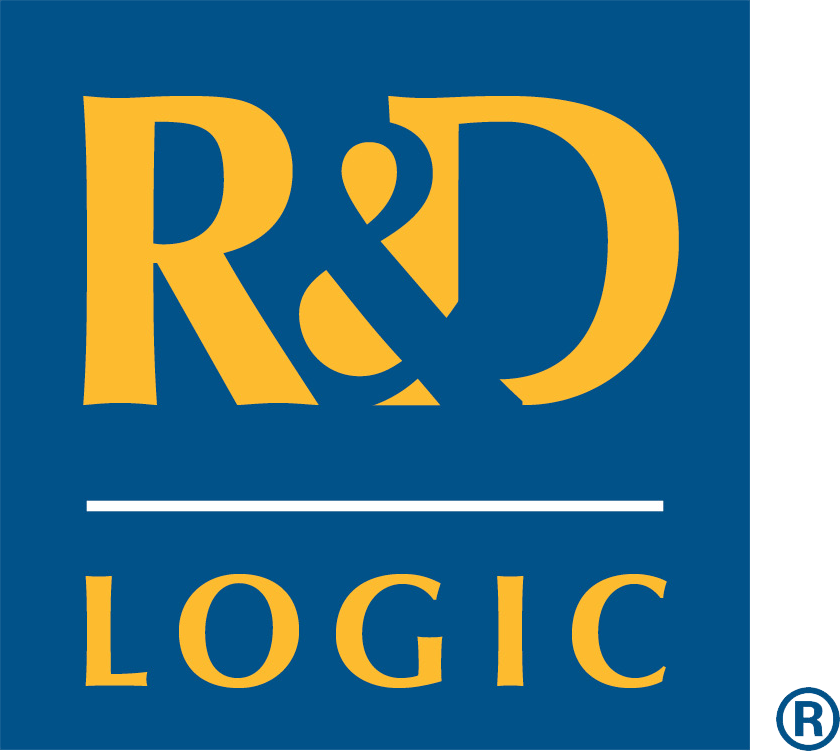Six Challenges in Tracking Time in R&D-Intensive Environments
Why are you tracking time?
Because we all know you can't manage what you can't measure. Tracking time in R&D has two key dimensions: the time that’s going in—the project/activity effort of your most expensive (human) resources—and the time it takes to see results. You can only make sense of where you are headed if you can accurately link these two dimensions.
But the human resources come in all shapes and forms. Some can be very sensitive to time tracking, especially when closely related to the concept of management. Others realize that tracking their time accurately is a precondition to getting paid. So…
How are you tracking time in R&D?
Some people like digital watches, others prefer analog ones. Some may feel tracking time is beneath them. For others, it may lie at the very core of what they do, and how well they do it. Furthermore, tracking time in R&D might happen daily, weekly or monthly in any given organization. At any rate, one size does not fit all.
One way to overcome these challenges is to offer different interfaces that are suited to how each person thinks of the use of his or her time, e.g.: 2 hours, 25% of their time, or 40 hours spread evenly across however many projects they are working on, managing, or supervising. As long as you track the effort on multiple projects, it shouldn’t matter how you asked the question, and how often you need the answer.
Whose time are you tracking?
Is any given human resource an "insider", an "outsider", or a combination of the two? Is this person a highly paid, busy scientists, or a contractor-minded performer with a concise scope of work? As R&D-intensive companies develop new business models to compete successfully, they have to tap into talent wherever they can find it, and for however long they can justify the high costs of expertise.
Most R&D projects are multidisciplinary by nature. To manage resources, it matters what department or discipline any given employee works in, but it matters more what they are working on, and that's where complexity kicks in.
For what kind of activity are you tracking time?
What's more important, where an employee's chair is, or where her/his mind is? Having the ability to look at any internal or external resource deployed on a project in terms of some common denominator—such as FTEs—provides a handle on what it takes to fulfill the objectives of a project or activity. That allows better forecasting on future projects in your pipeline—and estimating who is most likely to deliver.
Unless you can specifically track every employee's or contractor’s time to an activity, initiative, or project, it will be difficult to connect the dots between the resources you are managing and the output they are delivering.
How much does every hour spent on a project or activity really cost?
What's the hourly cost of a Nobel Laureate with a knack for breaking expensive lab equipment? A good portion of the costs of developing an R&D project are related to the high cost of specialized talent. But different stages have different additional costs, from materials to benefits.
Assessing the fully burdened cost of each human resource is critical to understand not only what projects are delivering the best returns, but also to plan for costs of future project phases or new projects coming into your pipeline. And again, unless you are linking “time in” to a project or activity, you won’t really know where the money is going.
Who needs to know?
How hard is it to give an executive, collaborator or funder a straight answer about where the money is going? It's important for internal R&D efforts to be managed. Active resource utilization and optimization is key to portfolio performance. Additionally, many R&D-intensive businesses rely on collaborations and/or external funding, so accurate reporting on where the money goes is fundamental to sustaining the pipeline.
Unless you have the ability to easily track fully burdened FTEs and costs to projects, activities or initiatives, funds may dry up before you've run out of ideas to pursue.
In summary, accurately tracking time in R&D environments delivers:
- a link between time spent and the time it takes to get things done
- the best interface for each mindset
- information on what people really do and their specific expertise
- clarity on what people are focussed, and how that aligns with corporate goals
- a complete assessment of how much any given activity, initiative or project really costs
- an accurate and timely answer to the question "what's the ROI of my R&D?"
In our next post we will make the business case for tracking time in R&D-intensive environments.
